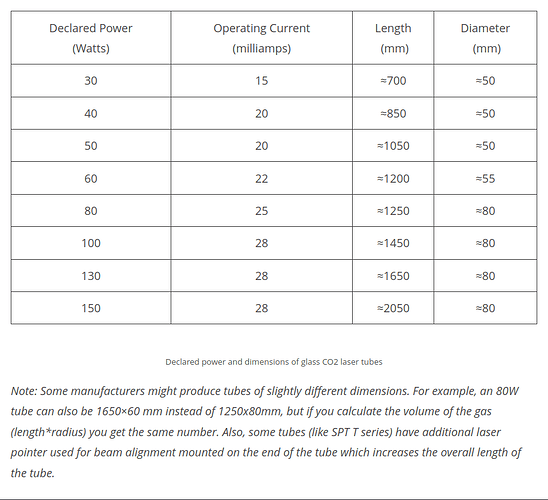Ok did my tests this morning…
I was pleased to see Monport actually put a H6 130W tube in this unit, have to say
I am very impressed with the overall design and parts, especially the workmanship on the inside, wiring etc… all done with care !
Now the testing:
Started at 50%:
50% 18ma
60% 22.5a
70% 26ma
80% 30ma
90% 34ma
100% 37.25ma
I am really interested in hearing the comments from the experience folks on these numbers…
Especially as they seem HIGH on the upper end…
As the tech parameter states MAX Working ma to be 30ma.
Interestingly enough in the Monport Manual they say Do NOT run the laser
over 80%… hmmmm I see their thinking…
But in the Yongli Chart the recommended working ma is 24ma…
Which pushes the over power chart to around 68%…
BUT that is if the testing parameters are wrong, which seems to be the case.
I really need a Power Meter at this point…
Ed, you ever get down to Florida ![]()
Maybe I should go into the settings and bump the MAX end down to 80% just to be safe…
But glad to see it is the H6 tube with the high end being 160wPeak.
YONGLI CHART ON THEIR TUBES






